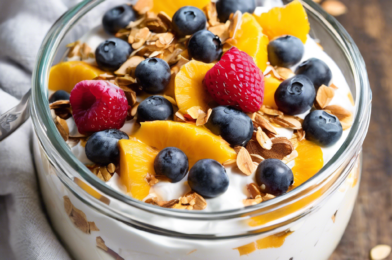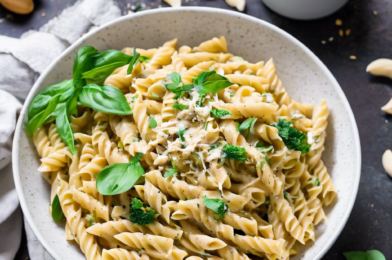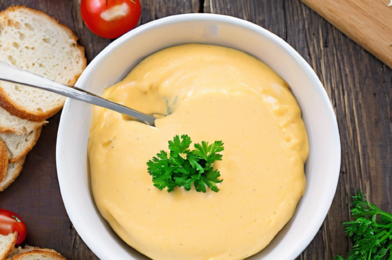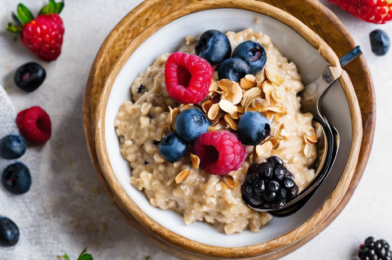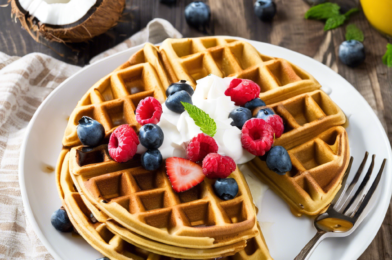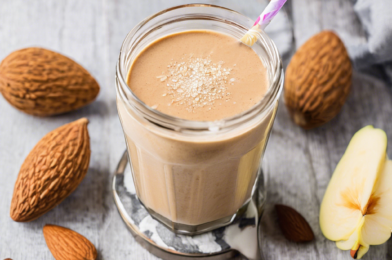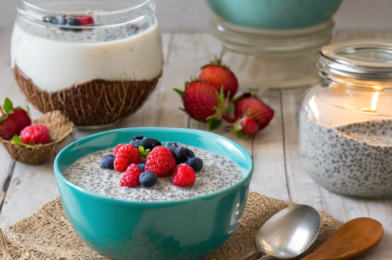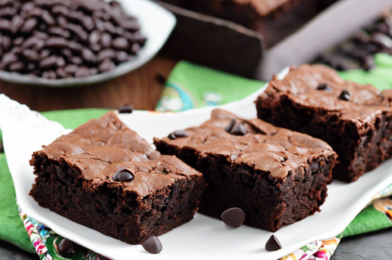The Coconut Yogurt Parfait has become a beloved staple in my household, and for good reason. The first time I whipped up this delightful treat, it was an instant hit with my family. The creamy texture of the coconut yogurt combined with the vibrant taste of fresh fruits and the satisfying crunch of granola created a perfect harmony of flavors and textures. It’s a versatile dish that pleases everyone, regardless of age or dietary preference. Whether enjoyed for breakfast, as a snack, or a light dessert, this parfait has become a go-to recipe that never fails to impress. The ease of preparation and the ability to customize with various toppings make it a winner, time and time again.
Ingredients
The magic of the Coconut Yogurt Parfait lies in its simplicity and the freshness of its ingredients. For a basic version, you will need the following:
- 2 cups of coconut yogurt
- 1 cup of granola
- 1 cup of mixed berries (such as strawberries, blueberries, and raspberries)
- 1 tablespoon of honey or maple syrup (optional)
- 1 teaspoon of chia seeds (optional)
- A handful of nuts or seeds (e.g., almonds, walnuts, or sunflower seeds)
These ingredients can be easily found at any grocery store, and you can always substitute with your preferred fruits or toppings based on availability and personal taste. The recipe is highly adaptable, allowing for endless variations that cater to different dietary needs and flavor profiles.
Instructions
Creating a Coconut Yogurt Parfait is as simple as layering your favorite ingredients. Here’s a step-by-step guide to assembling this delightful treat:
- Prepare your ingredients: Wash and dry the berries, and if necessary, chop them into bite-sized pieces. Gather all your toppings and have them ready for layering.
- Start layering: In a glass or bowl, add a layer of coconut yogurt as the base. The thickness of this layer can be adjusted based on personal preference.
- Add granola: Sprinkle a generous layer of granola over the yogurt. This will add a delightful crunch to the parfait.
- Layer the berries: Add a layer of mixed berries on top of the granola. Feel free to get creative with the pattern or mix them up evenly.
- Repeat: Continue layering yogurt, granola, and berries until you reach the top of your glass or bowl. Aim for at least two layers of each for a well-balanced parfait.
- Finish with toppings: Drizzle honey or maple syrup over the top if desired, and sprinkle with chia seeds and nuts or seeds for added texture and flavor.
- Chill and serve: For the best experience, chill the parfait in the refrigerator for about 15 minutes before serving. This allows the flavors to meld together beautifully.
Nutrition Facts
The Coconut Yogurt Parfait is not only delicious but also nutritious. Here’s a quick look at the nutritional breakdown:
- Servings: 4
- Calories per serving: Approximately 250 calories
Each serving is packed with vitamins, minerals, and healthy fats, making it a wholesome choice for any time of the day.
Preparation Time
One of the most appealing aspects of the Coconut Yogurt Parfait is its quick preparation time. From start to finish, you can have this delightful dish ready in just 10 minutes. It’s perfect for those hectic mornings when you need something nutritious and satisfying but don’t have much time to spare. The simple process of layering makes it a fun and easy activity that even kids can participate in, turning breakfast preparation into a family bonding moment.
How to Serve
Serving a Coconut Yogurt Parfait is an opportunity to showcase your creativity. Here are some ideas to make your parfait presentation stand out:
- In a glass jar: Serve in a mason jar for a rustic and portable option, perfect for on-the-go breakfasts.
- In a dessert glass: Use a clear dessert glass to highlight the beautiful layers and colors of the parfait.
- In a bowl: For a more casual presentation, serve in a bowl and mix everything together for a delicious medley of flavors.
- With a garnish: Add a sprig of fresh mint or a slice of citrus on top for a pop of color and a hint of freshness.
- Custom toppings: Customize each serving with different toppings to cater to individual preferences, such as adding a dollop of nut butter or a sprinkle of coconut flakes.
Additional Tips
To make your Coconut Yogurt Parfait experience even better, consider these helpful tips:
- Choose quality ingredients: Opt for organic coconut yogurt and fresh, seasonal fruits for the best flavor and nutritional benefits.
- Customize the sweetness: Adjust the amount of honey or maple syrup based on your taste preferences or dietary needs.
- Experiment with flavors: Try adding spices like cinnamon or nutmeg to the yogurt for an extra layer of warmth and complexity.
- Make it ahead: Prepare the parfait the night before and store it in the refrigerator for a grab-and-go breakfast option.
- Consider dietary restrictions: Use gluten-free granola or nut-free toppings if serving guests with specific allergies or dietary preferences.
FAQ Section
Here are some frequently asked questions about the Coconut Yogurt Parfait:
Q1: Can I use regular yogurt instead of coconut yogurt?
A1: Absolutely! You can substitute coconut yogurt with any yogurt of your choice, such as Greek yogurt or almond milk yogurt, based on your dietary needs and taste preferences.
Q2: How long can I store the parfait in the refrigerator?
A2: The parfait can be stored in the refrigerator for up to 2 days. However, for the best texture and flavor, it’s recommended to consume it within 24 hours.
Q3: What can I use instead of granola?
A3: If you’re looking for a granola substitute, try using crushed nuts, seeds, or even cereal for a similar crunchy texture.
Q4: Can I make this parfait vegan?
A4: Yes, you can make it vegan by using plant-based yogurt, ensuring the granola is vegan-friendly, and substituting honey with maple syrup or agave nectar.
Q5: Is it possible to make this parfait nut-free?
A5: Certainly! Simply omit the nuts and use seeds like pumpkin or sunflower seeds to maintain a crunchy texture without the nuts.
The Coconut Yogurt Parfait is a delightful and nutritious option for any meal or snack. Its simplicity, adaptability, and deliciousness make it a favorite in many households, including mine. Enjoy experimenting with different variations and flavors to find the perfect combination that suits your palate!
